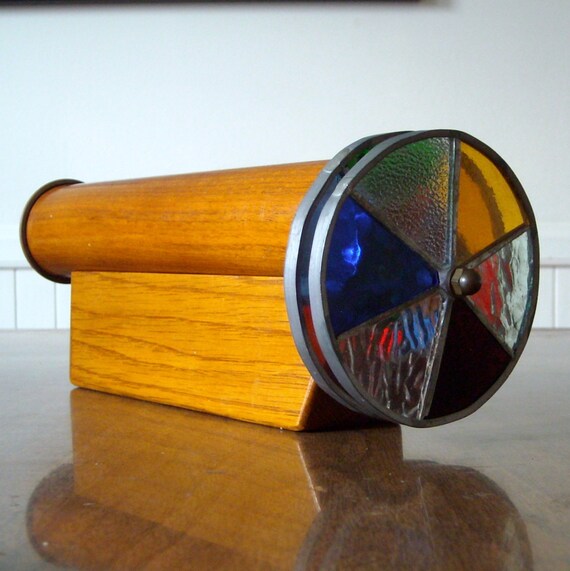
Mirror System: 2-mirror system produces a 6 point mandala Here are some pictures of unknown scope number 2:ĭimensions: 8 inches long body (excluding the wheel) and 1.25 inches wide (each of the 4 sides), Wheel is 3.5 inches in diameter. Here is a picture of unknown scope number 1: It must be nice to have made so many scopes that you can't remember the names of the all. We are looking for the names of these scopes! Information: For June we have 2 scopes made by Steven Gray. Identify the Name of these Scopes: We are seeking the names of either of both of these Steven Gray scopes. Other Info: Well-made, heavy scope, brass pipe body, no makers mark, eye hole has a glass magnifying lens, nice wooden stand Wheel: attached, rotating single wheel, stained glass with stone agates. Here are some pictures of its artist signature:ĭimensions: 12 1/4 inches long body (excluding the wheel) and 1 3/8 inches in diameter, Wheel is 4 inches in diameter. Other Info: Well-made, heavy scope, glass body, signed "One Kene"? (see picture), fixed pedestal. Wheel: attached, rotating double wheel, painted glass. The September answer is: Unknown as of now!ĭimensions: 9 inches long body (including the wheel) and 10 inches high, Wheel is 3 1/2 inches accross. Other Info: Well-made parlor scope, wooden body and attached stand, no makers mark, eye hole is open (no eye piece), adjustable pedestal. Mirror System: 3-mirror equilateral triangle (60-60-60). The Octomber answer is: Unknown as of now!ĭimensions: 11 1/4 inches long body (including the object cell) and 9 inches high, Wheel is 3 3/4 inches accross. Other Info: Well-made miniature brass scope, ring near the eyepiece end spins freely so your can hold it a rotate the scope with your other hand. Object Cell: attached dry cell with a clear dome on its end which allows the image's background to change depending on the objects the scope is pointed at Mirror System: (kaleidoscope/teleidoscope) 2-mirror system produces a many point mandala. Identify the Artist: We are seeking the name of the artist and any other information about this scope.ĭimensions: 4 1/2 inches long and 5/8 of an inch wide. Your scope will be added to a future game of "Identify the Scope". If you have a scope that you want to have identified, send pictures, dimensions and any other info you may know about the scope (year purchased, gallery purchased at, etc.) to This email address is being protected from spambots. Each month a different scope will be pictured and described, your challenge is to identify the artist or provide other information about the scope. The kaleidoscope remains a popular toy and artistic tool, and is admired for its ability to create beautiful and ever-changing patterns from simple materials and optical principles.This is a monthly game which allows you to demonstrate your scope knowledge. Some kaleidoscopes were made with more complex mirror systems, while others used different materials such as crystal and stained glass to create even more intricate patterns. The kaleidoscope went on to inspire many other inventors and artists, who developed new variations on the original design. The first kaleidoscopes were made by hand and were quite expensive, but they quickly became popular as toys and as objects of scientific curiosity.

When the tube was rotated, the objects inside would reflect off the mirrors, creating intricate patterns that would change as the tube was turned.īecame popular, and Brewster was granted a patent for his invention in 1817. His original kaleidoscope was a simple tube with two or three mirrors placed at one end, with objects such as pieces of colored glass and beads placed at the other end. Brewster was so fascinated by the patterns that he immediately set to work developing a prototype of the kaleidoscope.
#Brass stained glass kaleidoscope series#
He found that by reflecting light through a prism and then through a series of mirrors, he could create beautiful, symmetrical patterns. It was invented in 1816 by Scottish physicist and inventor Sir David Brewster.īrewster was experimenting with light polarization when he stumbled upon the idea for the kaleidoscope. The kaleidoscope is an optical instrument that creates colorful, symmetrical patterns by reflecting and refracting light through a series of mirrors and lenses.


 0 kommentar(er)
0 kommentar(er)
